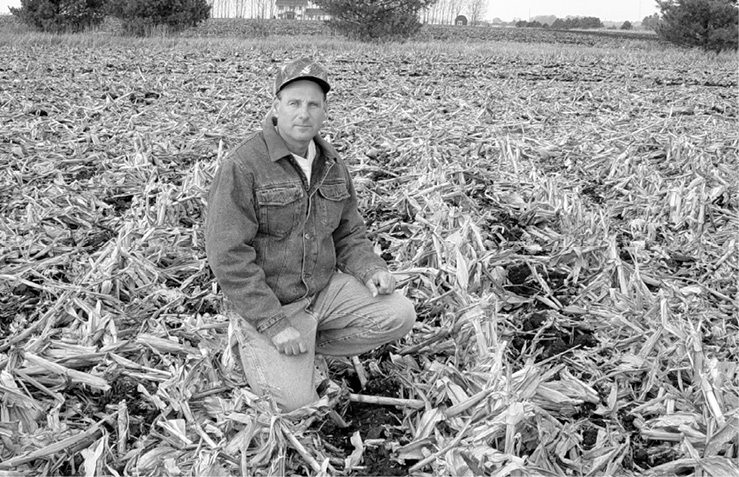No-Till Farmer
Get full access NOW to the most comprehensive, powerful and easy-to-use online resource for no-tillage practices. Just one good idea will pay for your subscription hundreds of times over.

NAME: Jeff Martin (Partners With Son, Doug)
LOCATION: Mt. Pulaski, Ill.
YEARS OF NO-TILLING: 26
ACRES NO-TILLED: 4,500 No-Tilled Crops: Corn, Soybeans+
When I shared our no-till experiences at the 2004 National No-Tillage Conference, we had just made a serious shift from a corn-soybean rotation to continuous corn. After 5 years, we’ve learned a lot about growing corn on corn. Now we’re evaluating new technology that will take our strip-till operation to the “next level,” as I reported in Indianapolis during the 2009 event.
Our target is consistent 250-bushel continuous corn in the next 5 to 10 years. At some point, we’ll set a 300-bushel-per-acre goal.
A brief history of our no-till operation emphasizes an important lesson to new no-tillers: Success doesn’t come overnight. But if you pay attention to details, no-till or strip-till has the potential for higher yields in rotated or continuous corn and more profitability than any other tillage method.
And at the same time, no-till or strip-till can lead you to fun, soil-saving and even moneymaking conservation and wildlife-enhancement activities.
We were among the first in Logan County, Ill., to try no-till. That was in 1982, when we typically planted corn into tilled soybean and wheat stubble. More years than not, strong spring winds carrying loose topsoil cut off the young corn plants like a shotgun blast.
We thought we might see yield drag with no-till, so we were careful to make side-by-side comparisons with conventional tillage those first years. Well…